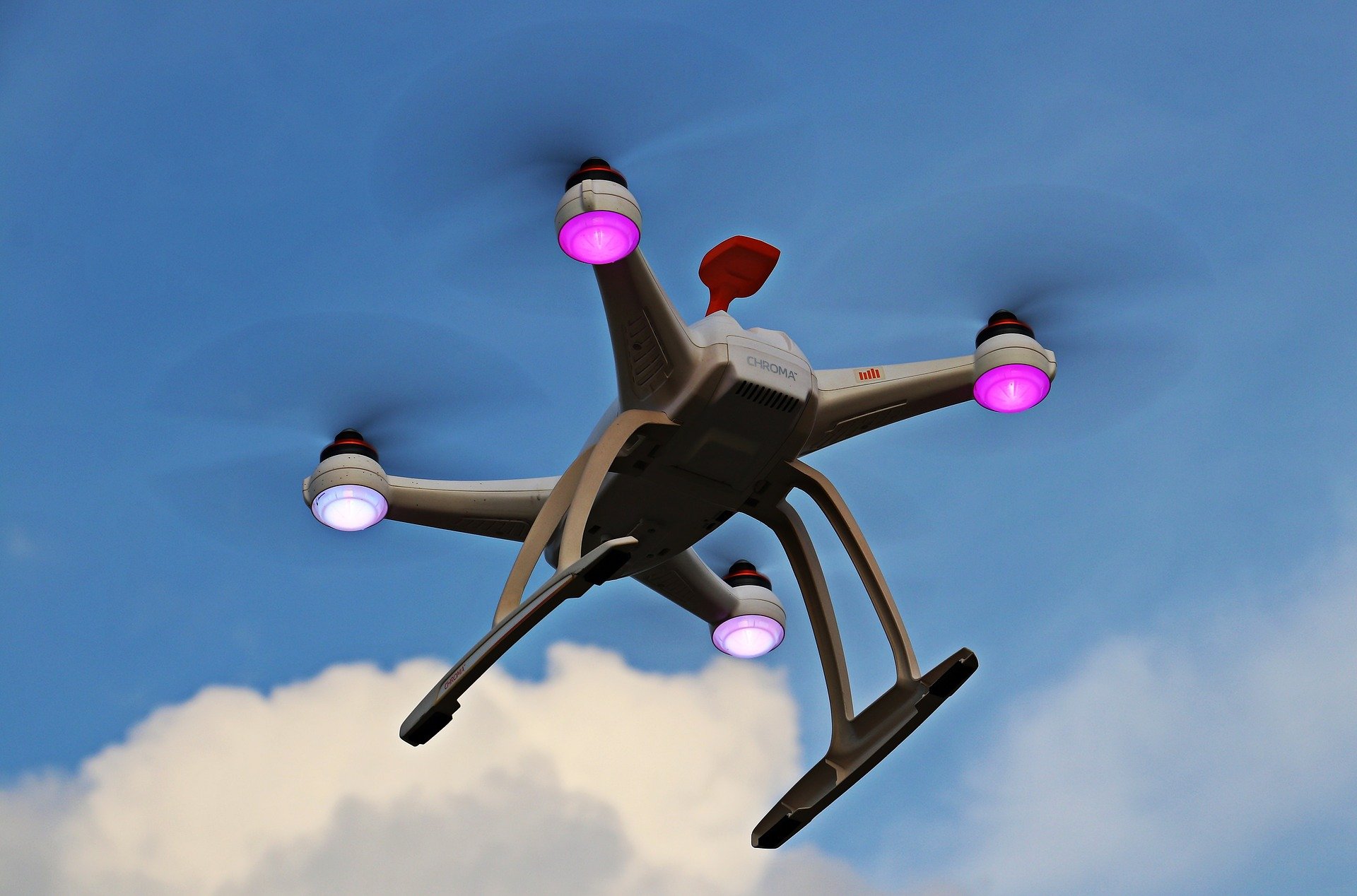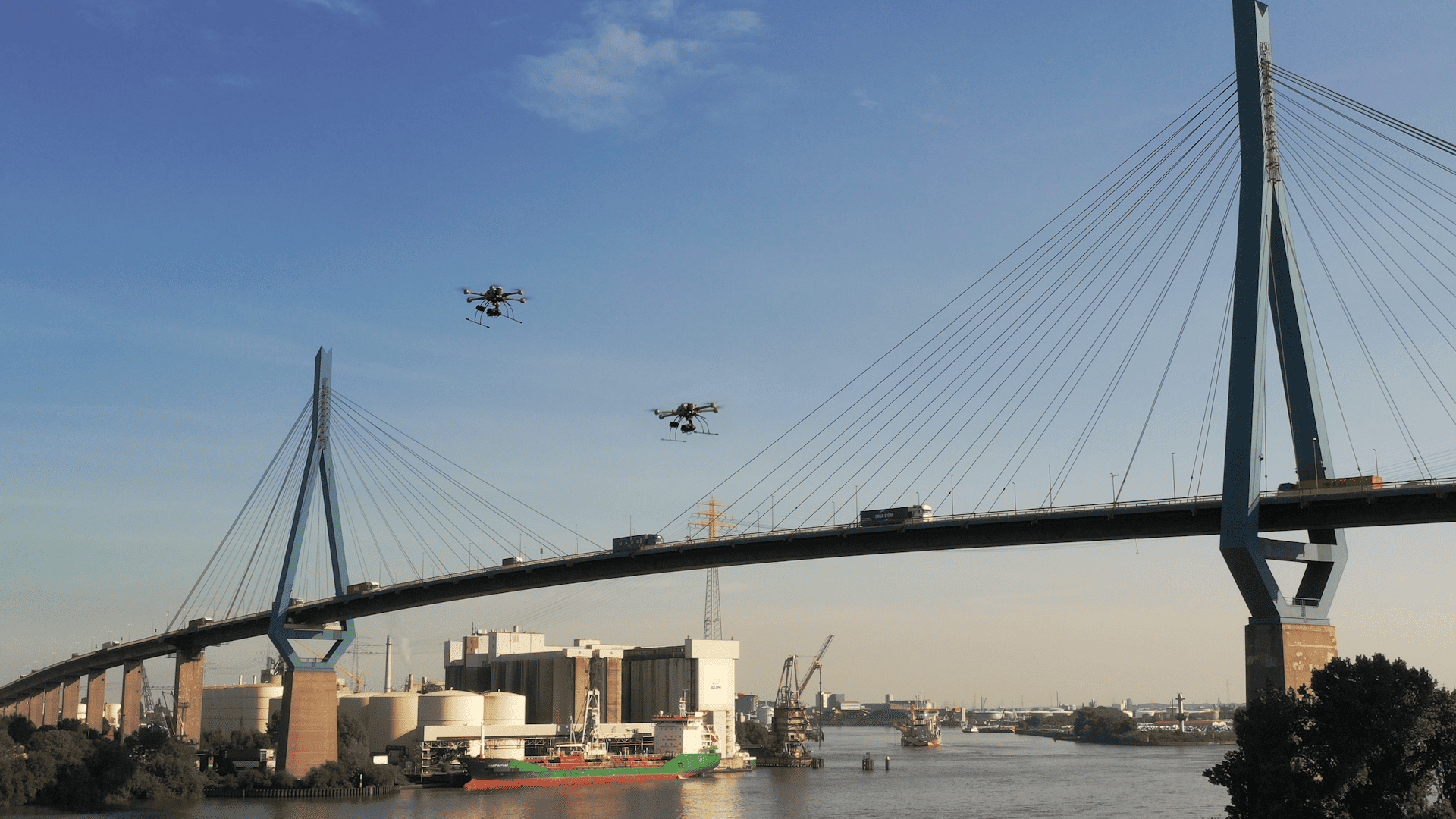
A researcher at the Technical University of Munich (TUM) has discovered a method to prevent accidents involving drones or cars. This method works through an ancient principle of constant bearing, often used by navigators at sea. So reports the TUM in a press release.
Sixty measurements per second
Prof. Darius Burschka of the TUM used a camera in his research. This camera constantly monitors more than one million pixels of a given object. It takes sixty measurements per second. It can then calculate the optical motion the object makes, which allows it to know when a drone or car is unexpectedly on a collision course.
This method also works with two-dimensional images, unlike many autonomous driving aid methods. Because those methods require multiple cameras to create a 3-D image, they are less reliable at a distance. Prof. Burschka says he can make reliable measurements even remotely, because he can keep track of the change in position.
Time to collision
Objects coming straight toward the drone or car at high speed are considered very dangerous by this system. This is because the “time to collision,” is chosen as the unit of measurement. “This method does not prioritize the movement per se, but looks at the direction of movement. Opposite directions are always more likely to collide,” Burschka said.
Using “time to collision” as the unit of measurement could bring big changes to research. As a result, only one camera is still needed to track moving objects. Also, this method of survey is cheaper and more reliable at high speeds over long distances. This is particularly useful for drones and vehicles that interact with each other.
Selected for you!
Innovation Origins is the European platform for innovation news. In addition to the many reports from our own editors in 15 European countries, we select the most important press releases from reliable sources. This way you can stay up to date on what is happening in the world of innovation. Are you or do you know an organization that should not be missing from our list of selected sources? Then report to our editorial team.







